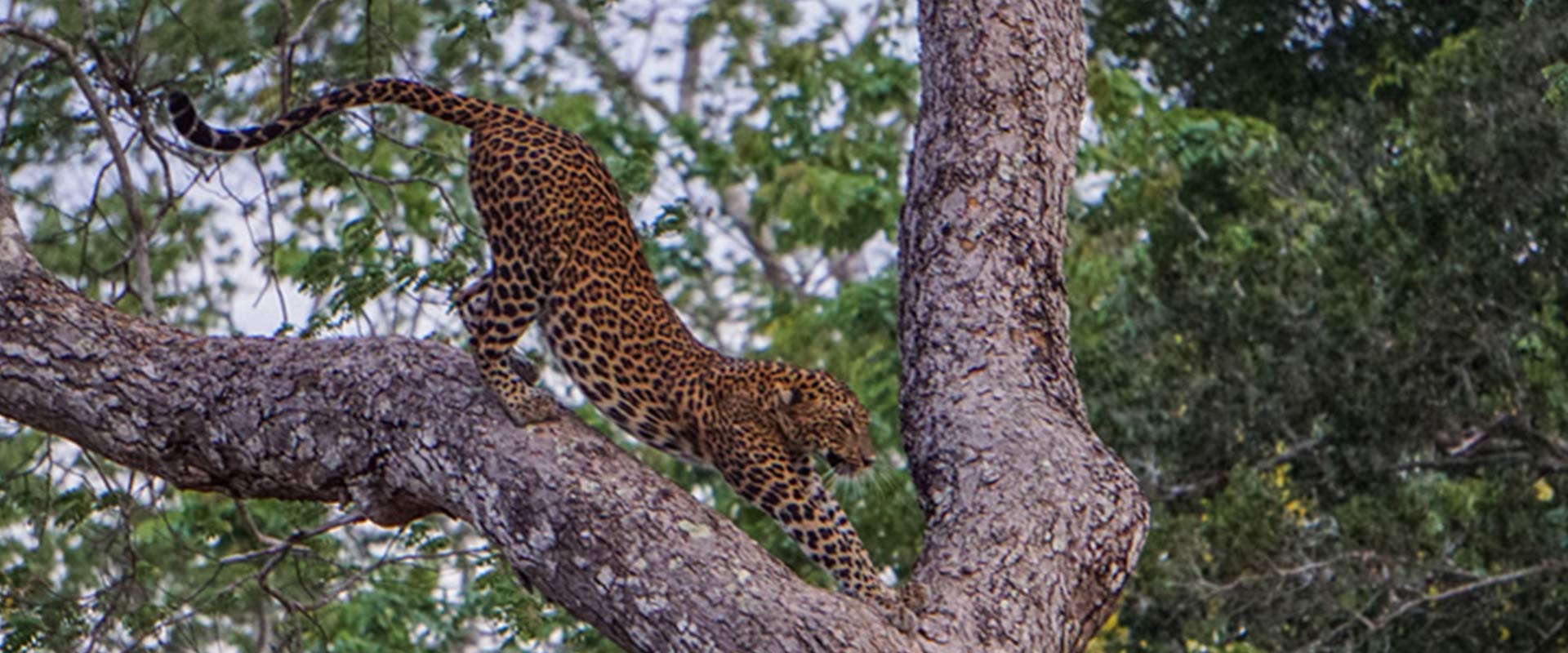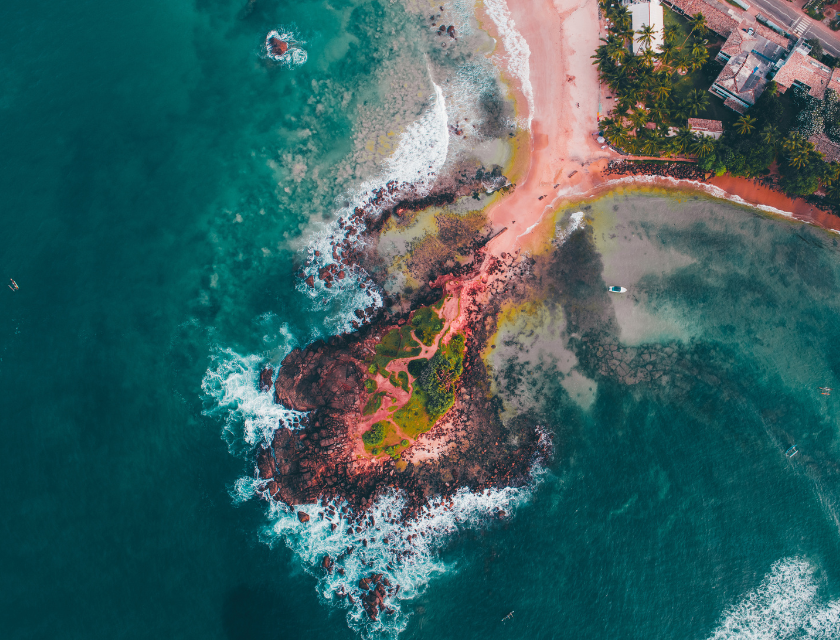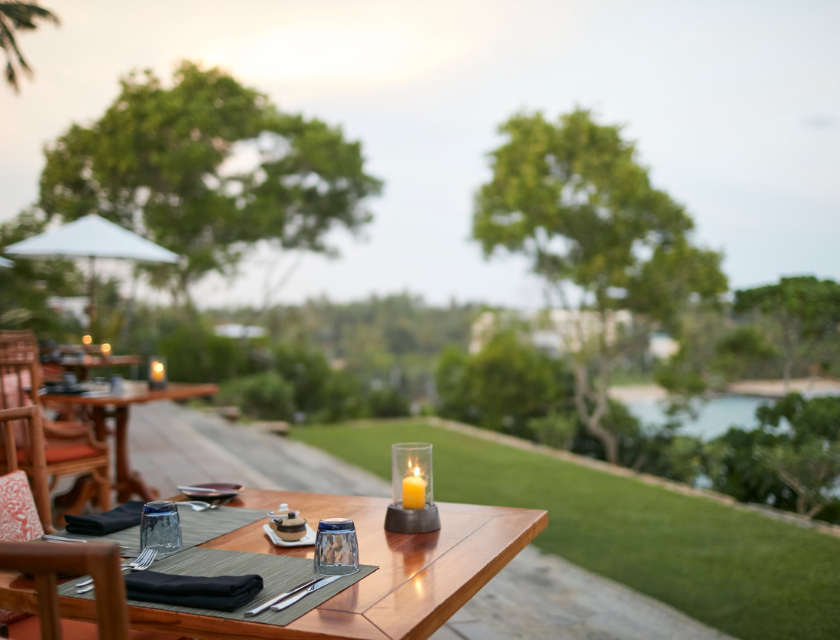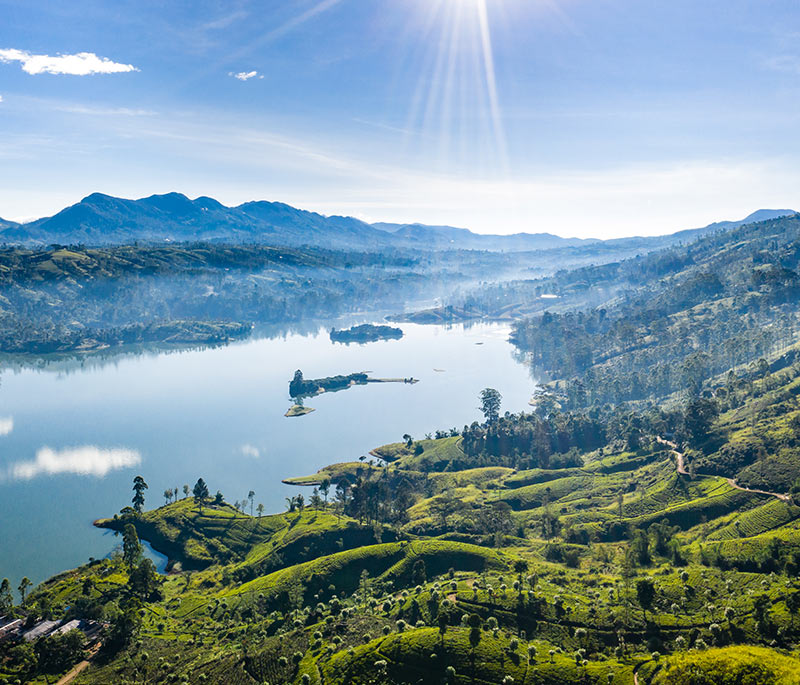The Sri Lankan Safari Guide
Planning A Safari In Sri Lanka?
With diverse biodiversity and the numerous national parks, Sri Lankan safaris are quite unlike any other safari experience. In this blog, we share a few tips and suggestions for travellers looking to explore the Sri Lankan wilderness.
Why Is Sri Lanka One of the Best Destinations for Wildlife Experiences?
- Sri Lanka is rich in biodiversity and has a high density of endemism (species that are only found in Sri Lanka).
- Sri Lanka has a variety of ecosystems and landscapes, such as rainforests, dry zone forests and montane forests, as well as mangroves and coastal ecosystems.
- It is one of the best places in the world to view leopards and observe their behaviour (we also have our own subspecies of leopard).
- Sri Lanka has the world’s highest density of Asian elephants and offers incredible viewing of wild elephants on safari, especially in parks like Udawalwe and Minneriya.
- Sri Lanka has one of Asia’s highest densities and diversity of bird species, especially for an island of its size, and is host to 33 endemic species.
- Developed infrastructure, including efficient road network and inland air transport, allows access to various national parks and habitats in a single trip, We recommend buying a detailed field guide for reference, and seeking the services of an experienced naturalist so that you get the most out of your safari and to bring the wilderness to life with their detailed guiding.
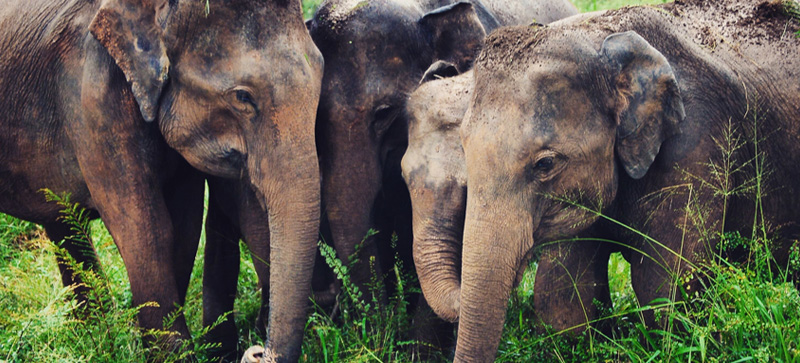
Minneriya
Minneriya National Park – Where the Giants Gather
Minneriya is where the famous “Gathering” takes place, which is the largest concentration of Asian elephants in the world. During the “Gathering”, over 300 elephants come together each year to feed. This phenomenon takes place when the Minneriya Lake recedes during the dry season from July to September, leaving large swaths of grass that draws the herds to feed. The “Gathering” is recognized by Lonely Planet and other major travelling organizations as one of the greatest wildlife spectacles on Earth.
Minneriya National Park is situated in the dry zone of the North Central Province of Sri Lanka. Apart from elephants, Minneriya is among one of the 70 Important Bird Areas (IBAs) of Sri Lanka, as its home to 160 species of birds.
During the “Gathering”, elephants migrate between Minneriya and Kuadulla National Parks using jungle corridors which link the two parks. The”Gathering” occurs between August to September, therefore this is the best time to visit Minneriya and Kuadulla National Park.
Kalawewa National Park – Kingdom of Tuskers
Kalawewa is a reservoir built by king Dathusena during the 5th century. In the year 2015, Kalawawa and its surrounding catchment area were declared as a national park due to the presence of a significant number of tusker elephants, in comparison to other areas.
Kalawewa has Sri Lanka’s highest density of “tuskers” (elephants with tusks) which are rare in Sri Lanka, as only about 6 to 7 % of male elephant population have them. For Sri Lankan elephants, only males have tusks mainly due to genetic characteristics.
During the dry season, you can witness the mega elephant herds, where you can get up to 50 or more elephants in a single herd.
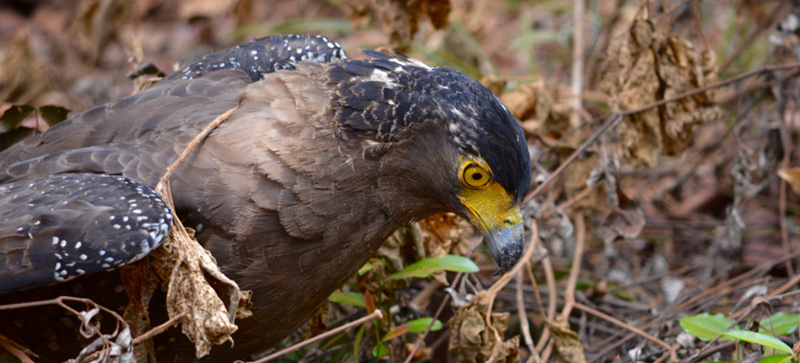
Wilpattu
Wilpattu National Park – The Magic of Villus
Wilpattu is the largest and oldest national park in the country. The park got its name due to the existence of “Villu”, a natural lake ecosystem. This unique Villu ecosystem is home to 31 species of mammals including leopard, sloth bear and elephant. There are around 150 bird species recorded in the park and it’s a refuge for migratory birds. This spectacular ecosystem is protected under the international Ramsar Convention on wetlands. Wilpattu safaris are ideal for wildlife photographers to capture animals in scenic backgrounds.
Did You Know?
Villus are cavities in the landscape caused by weathering of underlying limestone deposits. They are distinctive natural formations which fill-up with rainwater during monsoon. There are around 50 Villus in the Park.
Mannar Island-Vankalai Sanctuary – Up close with Greater Flamingos
Get a glimpse of the majestic, wild Greater Flamingos that migrate to Mannar’s Vankalai Sanctuary. Vankalai Sanctuary and its surrounding lagoons and salterns attract hundreds of migratory bird species alongside greater flamingos.
Flamingos stay on the water and feed as a flock, therefore patience and slow movements are key to capture some great shots.
Kalpitiya – Witness the Dance of the Dolphin
The Kalpitiya Peninsula is renowned for dolphin watching. Established boat safari operators will give you an up-close and personal experience with dolphins in action. Spinner dolphins are a common sight in Kalpitiya, with a remarkable number of 500 dolphins in a pod. In Kalpitiya, bottlenose, risso and Indo Pacific humpback dolphins are also recorded regularly. Indo Pacific humpback dolphins are unique due to the pigmentation in their bodies, which is why they are also known as “Pink Dolphins of Kalpitiya”. Apart from dolphin watching, if you enjoy water sports, Kalpitiya is known for kitesurfing, diving and paddle surfing.
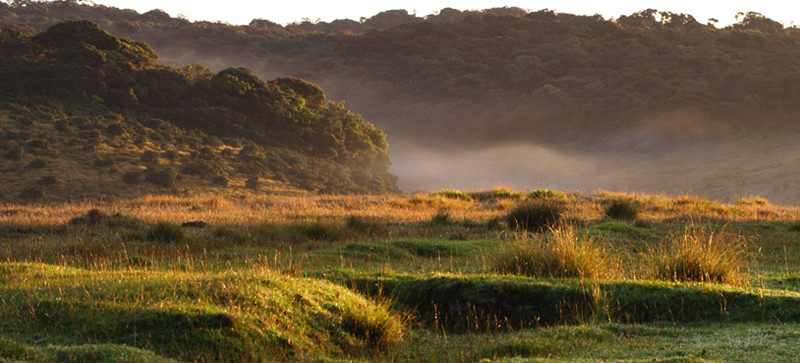
Horton Plains
Horton Plains National Park – The Great Open Plains
A UNESCO World Heritage Site, Horton Plains is located at an elevation around 2300m in the central highlands of Sri Lanka.
In Horton Plains, two major ecosystems can be identified, the wet montane grasslands and evergreen cloud forests. World’s End is a famous viewing point, which is known for its breathtaking panoramic views. Another must see in Horton places is the cascades of Bakers waterfall.
Sambar deer and purple faced langurs are common sights in Horton Plains, and if you are lucky, you could also spot a leopard.
It is also a popular area for birds, with 87 species. Dull Blue Flycatcher, Sri Lankan Wood Pigeon, Sri Lankan Bush Warbler and Sri Lanka Whistling Thrush are the highlighted species.
For those who are interested in botany, rhododendron arboreum decorates wide plains with bright red flowers and the cloud forests are dominated by calophyllum walker and myrtaceae species.
The best time to visit Horton plains is from January to March.
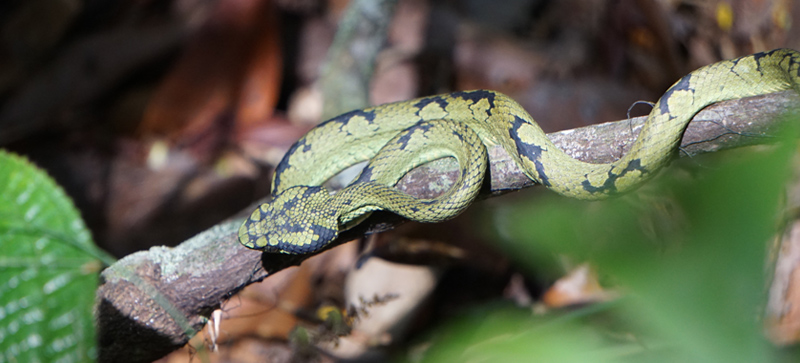
Sinharaja
Sinharaja Forest Reserve – Treasure Tove of Endemics
Sinharaja is a Biosphere Reserve and UNESCO World Heritage site located in the wet zone of Sri Lanka, spanning an area of 88 Square kilometres. According to the latest data, it’s the country’s last viable area of primary tropical Rainforest.
What Makes Sinharaja Unique?
- More than 60% of the trees are endemic and many of them are considered rare. Plant families such as Dipterocarpaceae show endemism of more than 90%.
- Endemism within the Sinharaja is extraordinary, especially endemic avifaunal diversity; there are 20 species of endemic birds recorded in the reserve.
- Visitors can witness the world’s largest “Mixed Species Feeding Bird Flocks’. In this mix, there can be 35-50 individual birds from 12 different species of birds. Some recorded flocks contained 100 individual birds.
- Reserve is also home to over 50% of Sri Lanka’s endemic species of mammals and butterflies.
What Is A Biosphere Reserve?
A biosphere reserve is an international designation by UNESCO in the Man and Biosphere program. A biosphere reserve includes one or several protected areas and their surrounding landscape to combine both biodiversity conservation and sustainable use of natural resources.
Biosphere reserves are areas comprising terrestrial, marine and coastal ecosystems. Each reserve promotes solutions reconciling the conservation of biodiversity with its sustainable use.
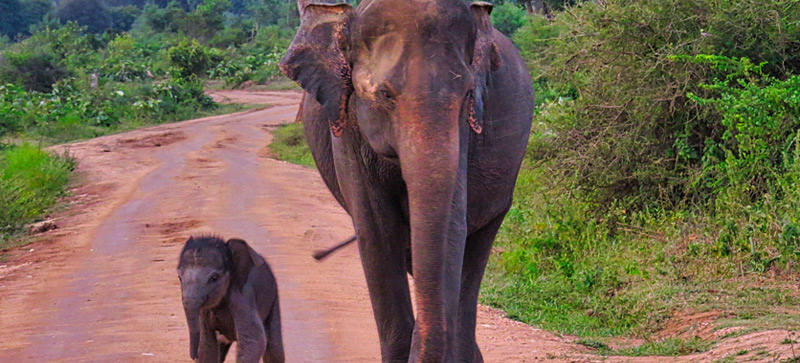
Udawalwe
Udawalawe National Park – Up-close Elephant Encounters
Udawalawe is the third most visited park in the country. The presence of the Udawalawe Reservoir and Mau Ara Reservoir in the park has made it a sanctuary for wildlife. Udawalawe National Park is also known as the Elephant Park, due to its popularity for specialised elephant safaris. There are about 250 resident elephants recorded in the park, whilst others migrate between adjoining parks.
Udawalwe is one of the best places to sight the Sri Lankan Jungle Cat – an elusive feline and of three rare and endangered small cats, Other than the jungle cat, the park is known for sightings of the rusty-spotted cat, fishing cat and leopard.
Elephant Transit Home is another attraction, located near Udawalawe National Park, that visitors can experience after their safaris. Elephant Transit Home is an establishment that looks after orphaned elephant calves until they are ready to be released back to the wild and was initially set up with the support of Dilmah Conservation.
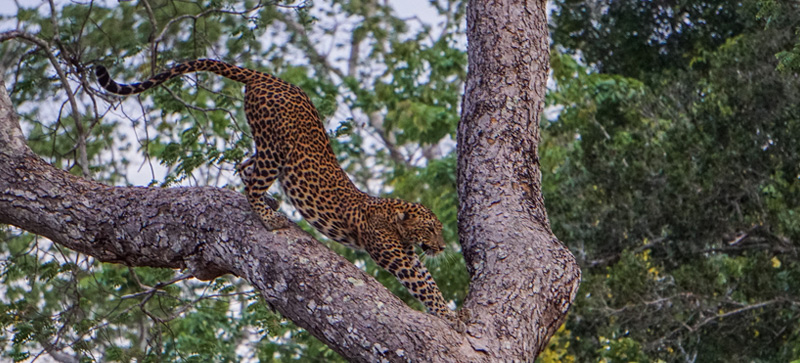
Yala
Yala National Park – Leopard Paradise
Yala is Sri Lanka’s most famous and well known national park, stretching over the Southern and Uva provinces, spanning an area of 978,807 square kilometres. The diversity of the landscape is a collage of different types of vegetation like grasslands, marine wetlands, thorny forests and sandy beaches bordering the Indian Ocean.
This collage of vegetation at Yala provides habitats for a diverse array of species. Yala is home to 215 bird species, including endemic species and 44 mammalian species, which includes the Sri Lankan leopard. The diversity makes great wildlife viewing where no two game drives are ever the same.
Yala National Park is also a site of cultural and religious significance, you can spot ruins of civilisations past and ancient jungle monasteries, archaeological sites and places of worship.
Yala has one of the highest densities of leopards in the world. The big three to look out for in Yala are the elephant, sloth bear and leopard. Although sloth bears are nocturnal and usually quite shy, they can be spotted in May and June, when they come out to feed on the seasonal berries of the ‘Palu’ trees.
For more experiences around Yala read our blog post follow the link below: https://bit.ly/2yn6G6b
By Wild Coast Lodge Rangers :

|

|
|---|---|
| Thilanaka Bodhikotuwa | Sameera Gihan |

